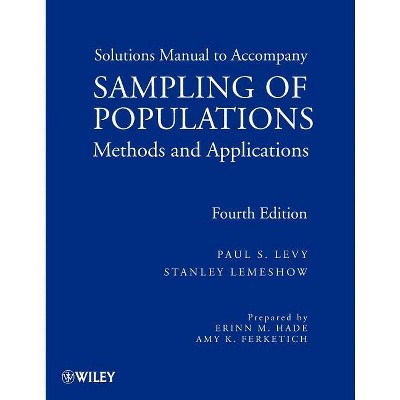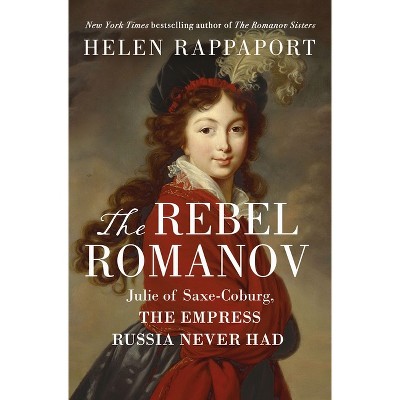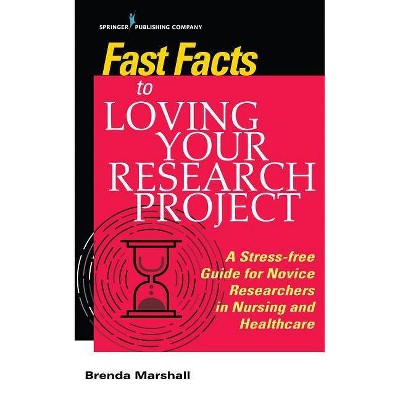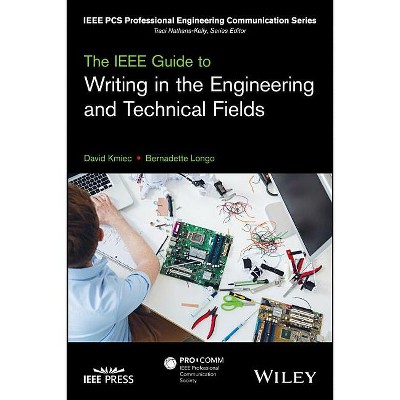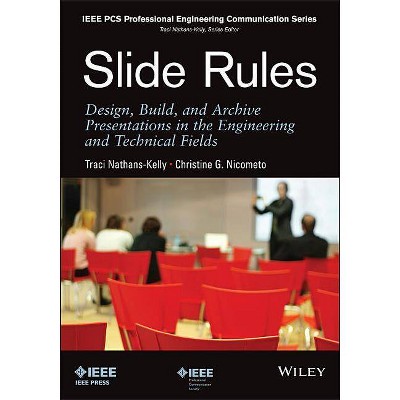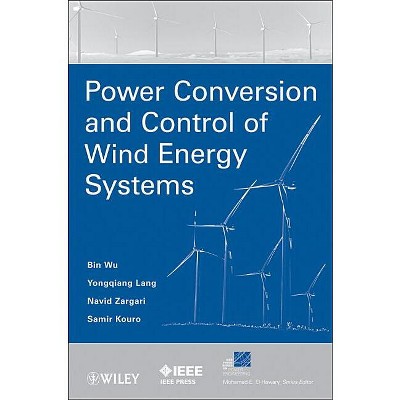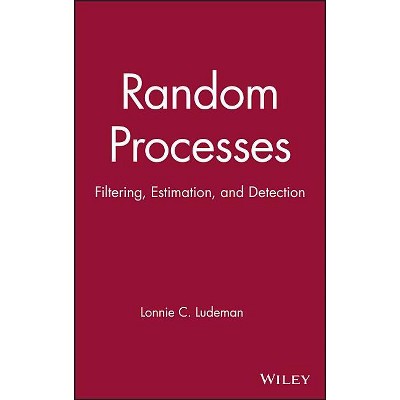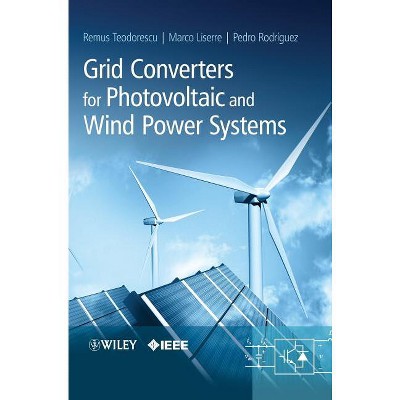Sponsored

Non-Gaussian Statistical Comm - (IEEE Digital & Mobile Communication) by David Middleton (Hardcover)
In Stock
Sponsored
About this item
Highlights
- The book is based on the observation that communication is the central operation of discovery in all the sciences.
- About the Author: David Middleton, PhD, graduated from Harvard University where he began his career at the institution's Radio Research Laboratory--working on radar countermeasures as well as passive and active jamming during World War II--before teaching there.
- 664 Pages
- Science, Waves & Wave Mechanics
- Series Name: IEEE Digital & Mobile Communication
Description
About the Book
"The book is based on the observation that communication is the central operation of discovery in all the sciences. In its "active mode" we use it to "interrogate" the physical world, sending appropriate "signals" and receiving nature's "reply." In the "passive mode" we receive nature's signals directly. Since we never know a prioriwhat particular return signal will be forthcoming, we must necessarily adopt a probabilistic model of communication. This has developed over the approximately seventy years since it's beginning, into a Statistical Communication Theory (or SCT). Here it is the set or ensemble of possible results which is meaningful. From this ensemble we attempt to construct in the appropriate model format, based on our understanding of the observed physical data and on the associated statistical mechanism, analytically represented by suitable probability measures.Since its inception in the late '30's of the last century, and in particular subsequent to World War II, SCT has grown into a major field of study. As we have noted above, SCT is applicable to all branches of science. The latter itself is inherently and ultimately probabilistic at all levels. Moreover, in the natural world there is always a random background "noise" as well as an inherent a priori uncertainty in the presentation of deterministic observations, i.e. those which are specifically obtained, a posteriori.The purpose of the book is to introduce Non-Gaussian statistical communication theory and demonstrate how the theory improves probabilistic model. The book was originally planed to include 24 chapters as seen in the table of preface. Dr. Middleton completed first 10 chapters prior to his passing in 2008. Bibliography which represents remaining chapters are put together by the author's close colleagues; Drs. Vincent Poor, Leon Cohen and John Anderson"--Book Synopsis
The book is based on the observation that communication is the central operation of discovery in all the sciences. In its "active mode" we use it to "interrogate" the physical world, sending appropriate "signals" and receiving nature's "reply". In the "passive mode" we receive nature's signals directly. Since we never know a prioriwhat particular return signal will be forthcoming, we must necessarily adopt a probabilistic model of communication. This has developed over the approximately seventy years since it's beginning, into a Statistical Communication Theory (or SCT). Here it is the set or ensemble of possible results which is meaningful. From this ensemble we attempt to construct in the appropriate model format, based on our understanding of the observed physical data and on the associated statistical mechanism, analytically represented by suitable probability measures.Since its inception in the late '30's of the last century, and in particular subsequent to World War II, SCT has grown into a major field of study. As we have noted above, SCT is applicable to all branches of science. The latter itself is inherently and ultimately probabilistic at all levels. Moreover, in the natural world there is always a random background "noise" as well as an inherent a priori uncertainty in the presentation of deterministic observations, i.e. those which are specifically obtained, a posteriori.
The purpose of the book is to introduce Non-Gaussian statistical communication theory and demonstrate how the theory improves probabilistic model. The book was originally planed to include 24 chapters as seen in the table of preface. Dr. Middleton completed first 10 chapters prior to his passing in 2008. Bibliography which represents remaining chapters are put together by the author's close colleagues; Drs. Vincent Poor, Leon Cohen and John Anderson.
email pressbooks@ieee.org to request Ch.10
From the Back Cover
Non-Gaussian Statistical Communication Theory
Since its inception in the late 1930s, Statistical Communication Theory (SCT) has grown into a major field of study, applicable to many branches of science. This authoritative and provocative text is a legacy left behind by the late Dr. David Middleton--a pioneer of SCT. He works from a vision?of communication as the central operation of discovery in all the sciences. His application of Non-Gaussian Space-Time methodology to SCT clarifies many unresolved signal and noise problems, especially those?prevalent in sonar and radar signal processing.?These and other SCT problems are?approached as cases of a larger space-time?signal processing problem.
In addition to a review of the traditional theory, readers will find fascinating chapters on:
-
Reception as a Statistical Decision Problem
-
Space-Time Processing and Space-Time Matched Filters
-
Wave-Number Frequency Analysis
-
Optimum Detection with Scattering, Arrays, and Beam Forming
-
Multiple Alternative Detection
-
Bayes Extraction Systems
-
Joint Detection and Estimation and Estimation When Signals May Not Be Present
-
Canonical Channels
-
Non-Gaussian Detection and Estimation
-
Non-Gaussian and Inhomogeneous Wiener-Khintchine Problems
At his death in 2008, Dr. Middleton had completed 10 of 24 planned chapters. Nine of these have been exhaustively edited by Series Editor John Anderson and are presented here, together with Middleton's original plan for the entire book. Forewords by Middleton's colleague Vincent Poor and by the Editor show how this massive project was brought to completion.
About the Author
David Middleton, PhD, graduated from Harvard University where he began his career at the institution's Radio Research Laboratory--working on radar countermeasures as well as passive and active jamming during World War II--before teaching there. A recipient of numerous prizes and awards related to his work on communication theory, Dr. Middleton was a fellow of the IEEE, the American Physical Society, the Acoustical Society of America, and the American Association for the Advancement of Science.
Shipping details
Return details
Frequently bought together

Trending Non-Fiction






